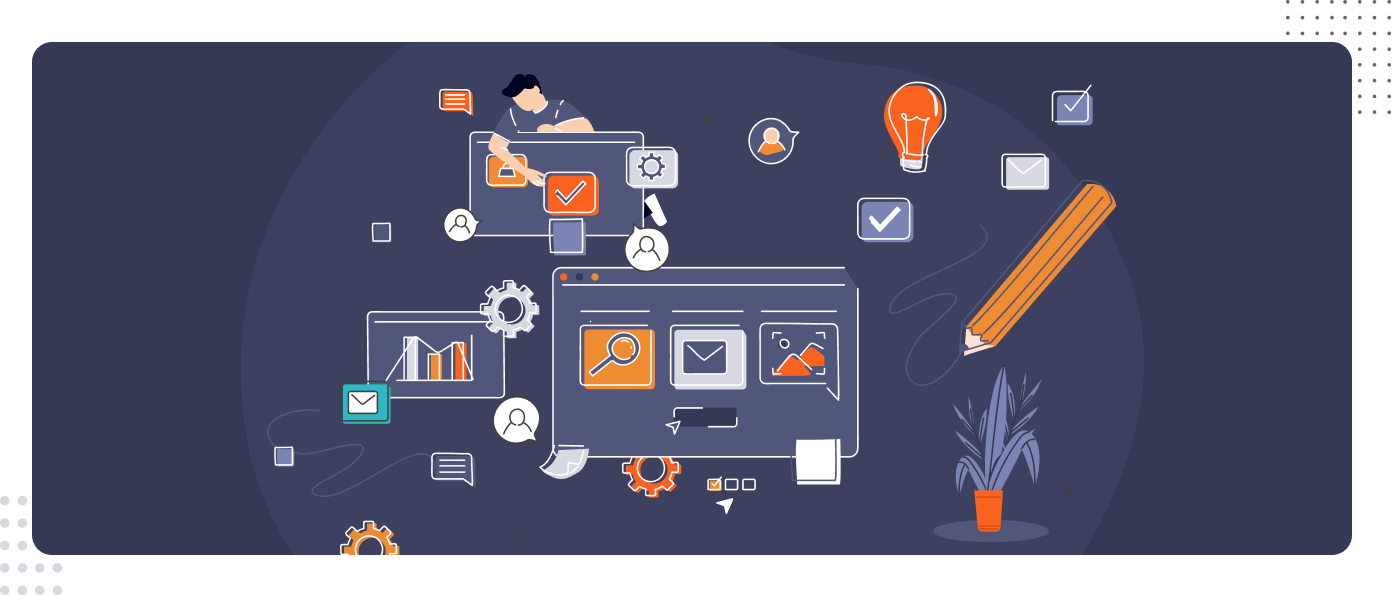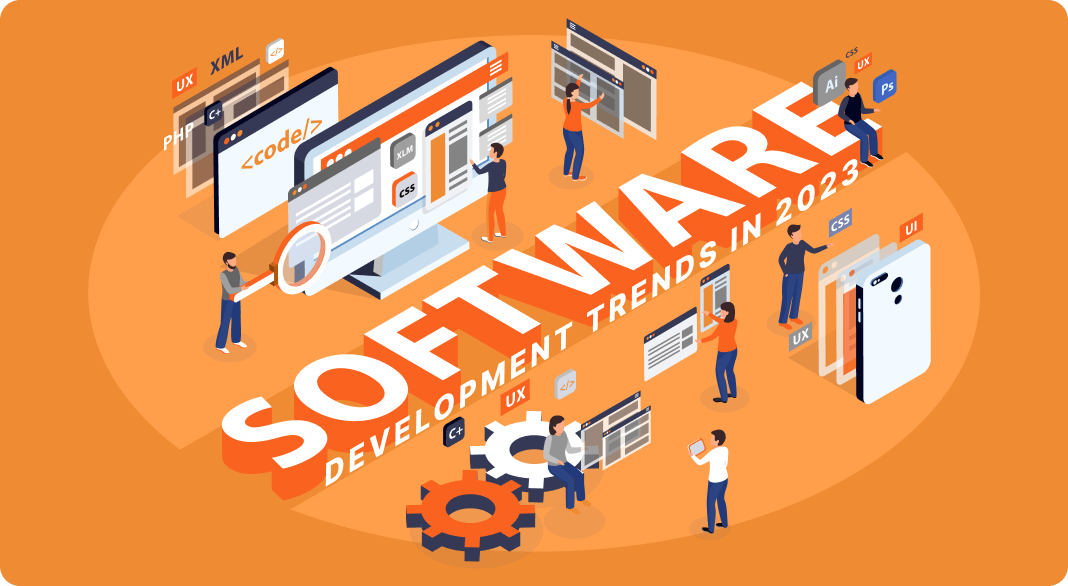Say goodbye to laborious coding from scratch and wrestling with intricate programming languages. This trailblazing approach brings simplicity to the fore, providing pre-assembled components for swift application integration.
The outcome? Robust, interactive user experiences, crafted with both efficiency and effectiveness. 'Front end as a Service' brings to the table scalability and adaptability - critical assets in the fast-paced digital world of today.
By cutting down on coding and debugging time, businesses can now channel their resources and energy towards what genuinely counts: engineering unique user experiences that keep them at the forefront of their competition. Embrace 'Front end as a Service' - your key to competitive advantage in the digital age.







